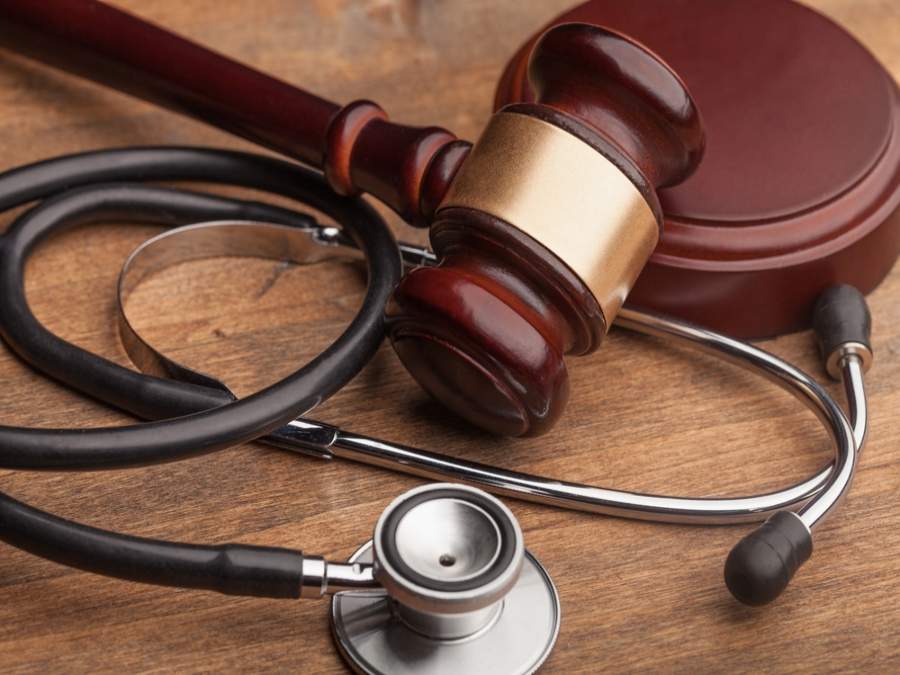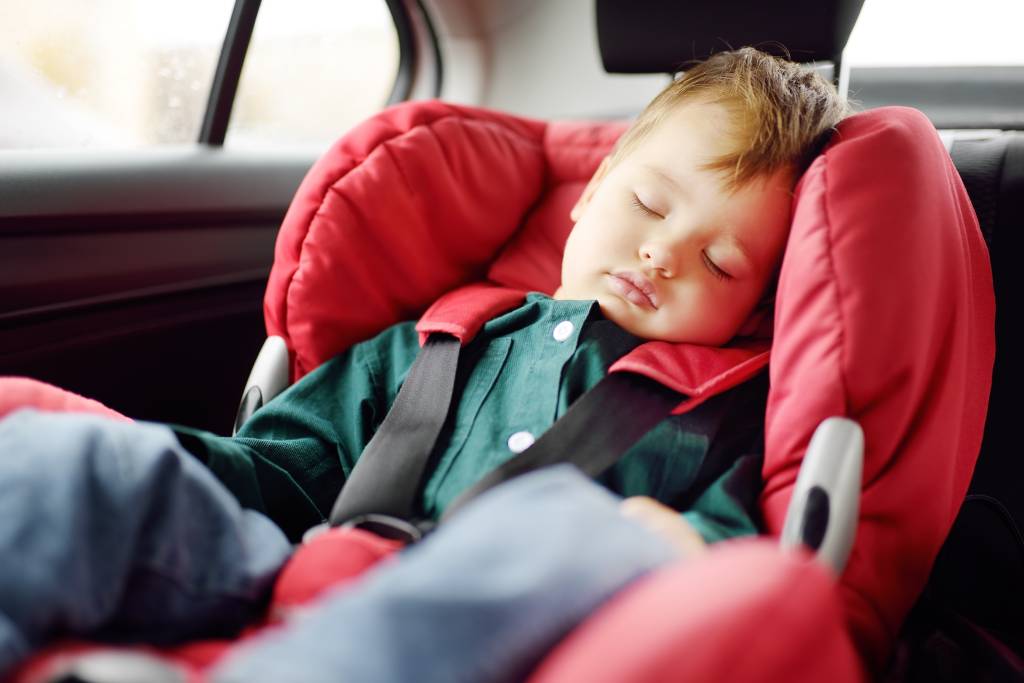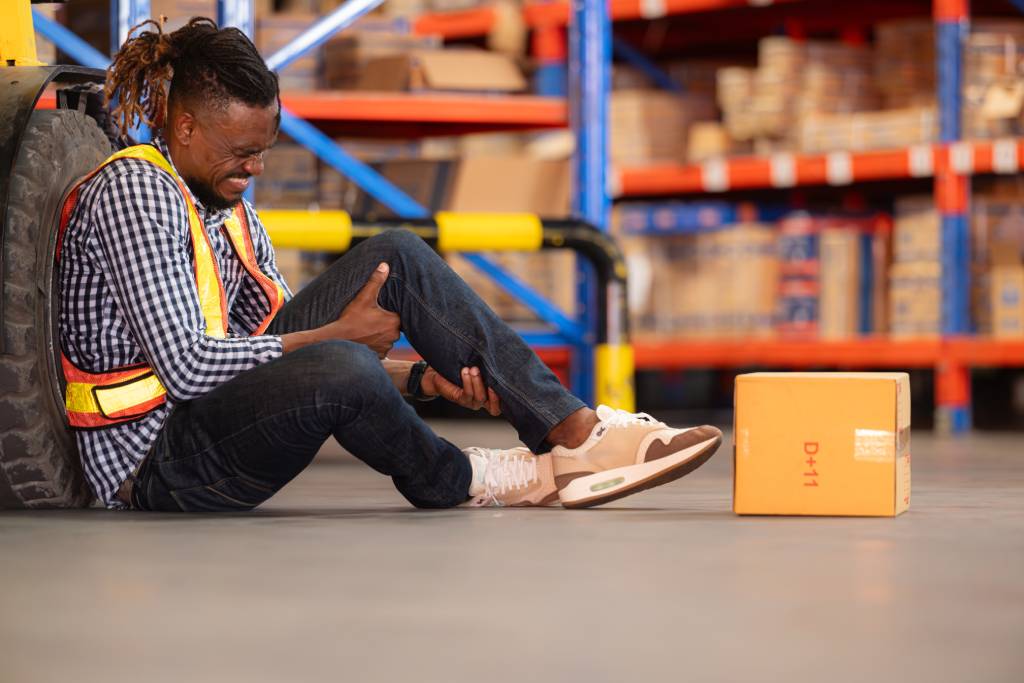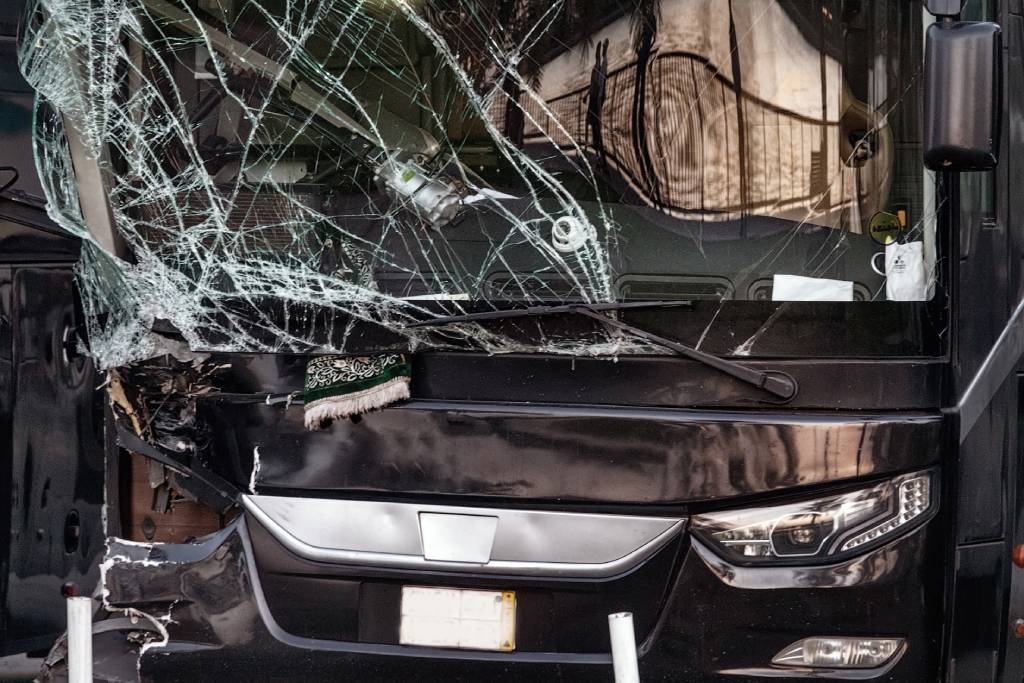If you’re hurt after an accident in California, you might be able to claim damages if someone else is responsible for your injuries. And the more evidence you have to prove what happened, the better. Below, we go over what type of evidence you might need and how to gather proof to support our claim.
What Is a Personal Injury Case?
At its most basic, a personal injury case is a civil claim against someone who caused you physical (and sometimes emotional) harm. To make your case, you must prove four things:
- Duty of care: This just means that someone was expected to behave in a certain way to help keep you and others safe. For example, motorists owe each other a duty of care.
- Breach of duty: Next, you must show that the person acted carelessly or negligently. In other words, they breached the duty of care they owed you.
- Accident: It sounds obvious, but you need to prove that the other party’s actions caused an accident.
- Injury: Finally, you must show that the accident caused you injury or harm in some way.
Can I Present Evidence in a Personal Injury Case?
Absolutely. In fact, you usually need evidence to make a successful claim – here are three reasons why.
Burden of Proof
It’s on the victim to make their case and show why they’re entitled to damages. In legal terms, this means that the burden of proof lies with the injured party. If you don’t have evidence, it’s harder to make your case.

Standard of Proof
Civil cases are decided based on the “preponderance of the evidence”. This is lower than the criminal standard of “beyond a reasonable doubt”. However, you still need to show that based on the evidence, it’s more likely than not that the accident happened as described.
Level of Damages
The more evidence you have, the easier it will be to claim the full amount of damages you deserve. Without physical evidence, it might be more difficult to prove all of your losses.
Types of Evidence to Make a Personal Injury Claim
If you’re injured, you might be wondering what counts as evidence to help your case. There are six broad categories of evidence we can rely on to prove a personal injury claim – let’s break them down.
Medical Evidence
Medical evidence is anything we can use to show you were injured and sought treatment. It includes:
- Medical records
- Trips to the ER
- Health insurance claims
- Rehab appointments
- Specialist reports (depending on the severity of your injuries)
Your California personal injury lawyer can gather this evidence for you if you don’t have it to hand.
Photographs and Videos
If there’s one easy way to prove what an accident scene looked like, it’s through photos and videos. Photos and videos can be used to show, for example:
- Adverse weather conditions
- Property damage e.g. broken window, smashed fender
- Road markings and signage
- Unsafe premises e.g. loose wires, icy sidewalks, broken tiles
- Your physical injuries
Taking pictures ensures that evidence won’t be lost. Be sure to capture the injury or accident scene from different angles and consider checking for local CCTV footage, too.
Physical Evidence
Physical evidence is anything you can physically present to support your claim. Although tangible evidence can include e.g. photos, videos, and injuries, it also includes things like:
- Damaged property e.g. smashed phone, broken bicycle wheel
- Faulty product (if there’s a product liability claim)
- Medical support devices e.g. crutches, hearing aid
Essentially, if it helps your claim and we can put it before a judge, it counts as physical or tangible evidence.
Proof of Financial Losses
Receipts can be used to prove your financial losses. For example, maybe you need to take the train to work every day which costs you money. If it’s an out-of-pocket expense connected to your accident, it can be part of your claim.
- If there’s property damage, get quotes for what it’ll cost to fix the damage. Get the quotes in writing to help your claim.
- Did you miss work? Keep a record of lost wages so we can include these in your claim.
Reports
Reports, such as police reports, can be super helpful to prove your version of events. Depending on where you’re injured, here are some examples of who you might contact for a written report.
- Accident at work: Employer
- Car accident, motorcycle accident, trucking accident: Police and insurance company
- Accident on someone else’s property e.g. restaurant: Premises owner
Get a copy of the report if you can. If you don’t know how to proceed, don’t worry – your California personal injury lawyer will get it for you.
Witness Statements
Witnesses are people who can support your recollection of events. So, maybe they saw another car run a stop sign and crash into your motorcycle. Or, maybe they were in the restaurant and saw the spillage you slipped on.
Although witnesses normally saw or heard the accident, this isn’t always the case. We can sometimes rely on testimony that shows a pattern of negligence e.g. a work colleague can testify that your working conditions are unsafe or you haven’t received proper training.
If you have an emotional distress claim, we might also use witness testimony to prove how much the injury is affecting you e.g. if you’re not sleeping or you’re not behaving like your old self.
Witness statements can be oral or written. They can be made at the time of the accident or later, depending on the case. So, if you can, gather contact details at the scene so you can reach out to possible witnesses at another time.
How to Gather Evidence in a Personal Injury Case
While there’s no “right” way to gather pieces of evidence in a case, there are a few things you can do to make your case as strong as possible.
Report the Accident
It’s a great idea to have the accident reported on record if you want to make an injury claim. For example, if it’s a trucking accident, you can call the police at the scene. Or if you’re in a restaurant, you can notify the manager on shift.
Even if you verbally report the incident, make sure there’s written evidence such as an email confirming what happened or an accident report. Written evidence makes the case easier to prove.
Take Pictures of the Accident Scene
If you’re very seriously injured, the last thing on your mind is taking pictures or video evidence. However, if you’re well enough to do so, try to capture the accident scene. For example, if you fall over a broken sidewalk, take pictures of the damage. Or if you’re in a motorcycle accident, try to capture the road conditions.
Don’t attempt to gather picture or video evidence if it’s unsafe to do so – your wellbeing must always be the priority.
Get Medical Attention
Even if you think your injuries are minor, get checked out by a doctor. Anything from an ER visit to a scan appointment can be used to support your claim, so get the care you deserve.
In some cases, serious injuries – such as brain injuries – take time to develop. It’s always best to err on the side of caution and get medical advice.
Keep Records of Everything
Consider writing down your recollection of events while it’s still fresh in your mind. And if you have any financial losses associated with your claim, keep a record of them. Evidence you might keep includes:
- Transport receipts
- Pay stubs
- Over-the-counter medicine costs (if it’s tied to your condition)
Store everything somewhere safe so evidence won’t get lost or damaged.
What if I Don’t Have Much Evidence?
It’s not uncommon for accidents to happen when there are no witnesses around. And if you only had minor injuries, you might not have much medical evidence, and maybe you only took a day or two off work.
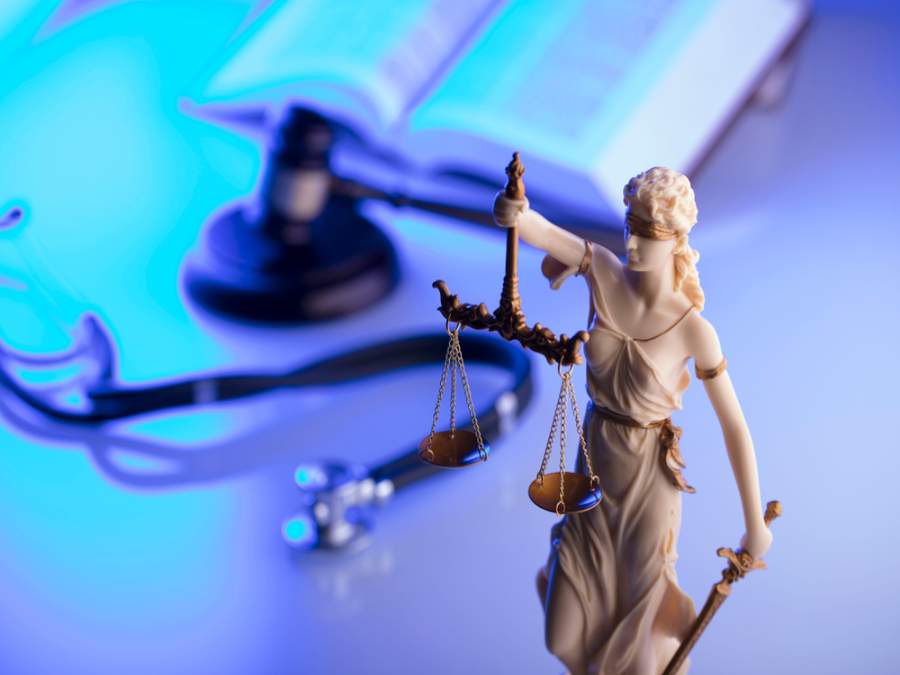
Can you still make a claim? It’s possible. No matter how much evidence you have, you should call California personal injury lawyers to determine if you have a case and how to move forward.
How California Personal Injury Attorneys Can Help
It’s tricky to know what evidence you need or if you’re even entitled to damages. That’s where an accident attorney can help. Whether you’ve had a car crash or a workplace accident, an experienced attorney will:
- Carefully consider your case to determine if you have a claim.
- Evaluate the evidence and build the strongest possible case.
- Negotiate a fair settlement based on your injuries and the losses you sustained.
- Advocate for you if there’s a need to go to trial (although this is rare).
Most importantly, an accident lawyer is on your side. They’ll handle all the legal issues for you so that you can focus on what’s truly important – your recovery. Moving on with your life.
Don’t let the stress of managing an accident claim hold you back. Hire an experienced accident lawyer to help.
Contact California Personal Injury Attorneys Today
At the May Firm, every client matters. To our personal injury lawyers, you’re all a part of our family. We’ll do everything possible to get the justice you deserve. And since we work on a no win, no fee basis, you don’t pay anything unless we win your case.
Contact a California personal injury attorney today for a free, no obligation meeting.
Disclaimer:
The content in this article is provided for general informational purposes only and may not represent the current law in the recipient’s jurisdiction. The content and information should not be construed as professional legal advice from The May Firm or the individual author, nor is it intended to be a substitute for legal counsel on any subject matter. Any and all information included in, or accessible through, this article should not be used to act or refrain from acting without the appropriate legal or other professional advice from a lawyer licensed in the recipient’s appropriate jurisdiction. Any reliance you place on such information is strictly at your own risk.
